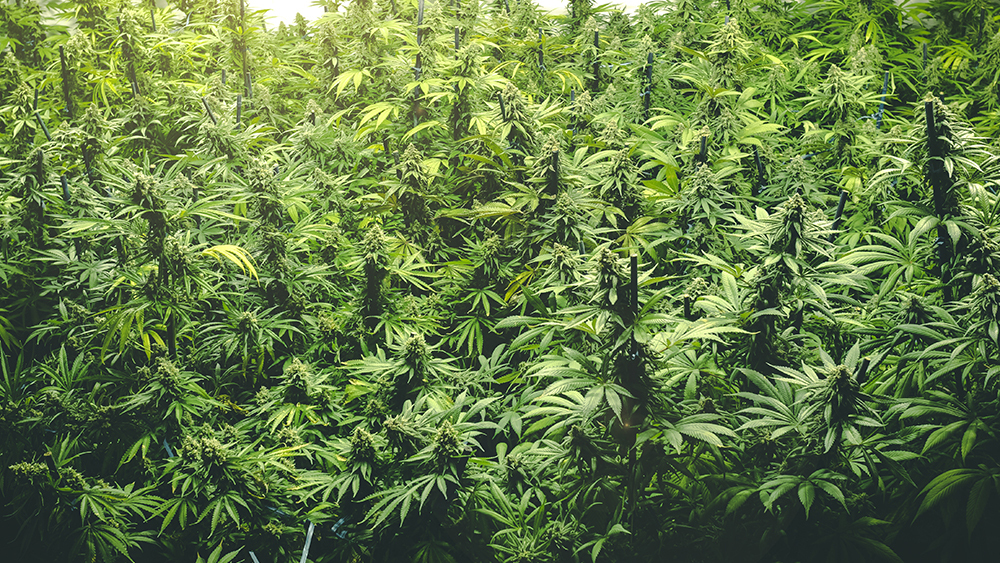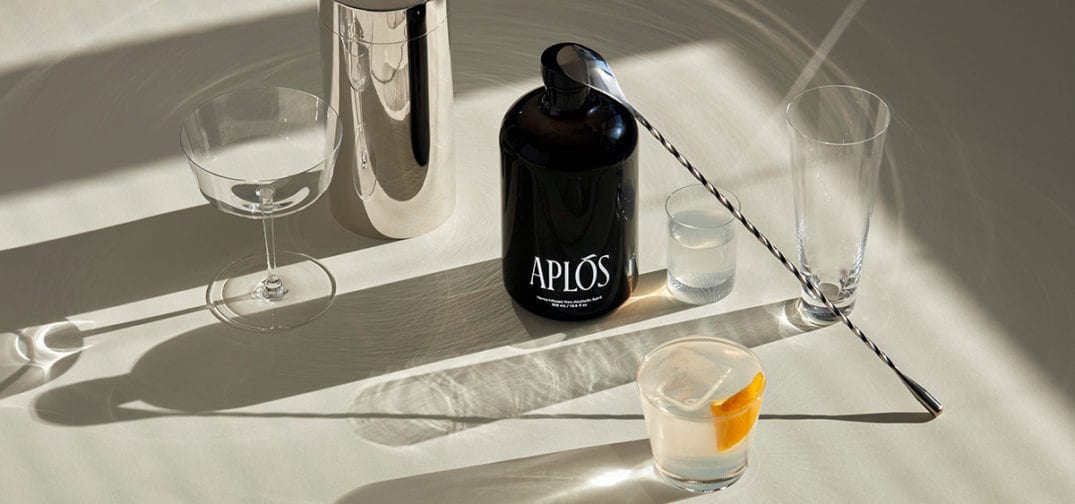Americans’ beverage preferences have always changed over time but never quite as rapidly as they have in recent years. Today, people of all ages choose different drinks depending on varying “use occasions.” Consumers are open to trying new beverage options and entrepreneurs have become increasingly adept at tapping into this flexibility through creative marketing.
There are several current trends within the overall beverage market but two of the most relevant to the cannabis/hemp industry are the growing number of people who are becoming “Consciously Sober” and the even greater number who opt for “Drinks with Benefits.”
The term “Consciously Sober,” also sometimes called “Sober Curious,” describes individuals who are more mindful about the decision to drink alcohol. These consumers are not alcoholics who have a dangerous problem and must completely abstain from alcohol. Instead, the Consciously Sober are people who choose to question the need to consume alcohol at every social occasion and have discovered personal lifestyle benefits from drinking less or not at all.
The term “Drinks with Benefits” references beverages that deliver desirable ingredients along with hydration. Originally simple, plain bottled water was the ultimate healthy drink without artificial flavors, heavy sugar, and lab-generated colors. But eventually, consumers and the entrepreneurs who serve them realized water could also be the ideal vehicle for delivering added benefits. Why not deliver good stuff with the water you need to consume anyway?
These social movements began small but gained momentum as consumers experimented with the burgeoning variety of beverages. They started choosing different beverages depending on whether they wanted a certain taste, health benefits, more energy in the afternoon, or a good night’s sleep. They also began to read labels. More knowledge about what was in beverages led a growing number of consumers to look for products with ingredients they wanted — or wanted to avoid.
How can Cannabis/Hemp brand owners position their products to benefit from these trends?
Hemp can be creatively positioned in a variety of ways to appeal to the non-alcoholic crowd. Bar and restaurant owners do not want to lose the revenue from alcohol but can charge more for drinks delivering flavor, function, or fun. Perhaps a bartender uses a hemp powder to enhance a mocktail in a “sober bar?” Maybe they prefer to use hemp in a liquid format like bitters where a dash is added for an additional charge. Shouldn’t the designated driver enjoy a good drink as well? Maybe something to help her chill while the alcohol drinkers tell bad jokes?

Hemp could also be the featured ingredient in a premixed beverage format for use at home or at a restaurant. Not surprisingly, a few enterprising brand developers are already pioneering this nascent market. Aplós is a new premixed hemp-based beverage which describes itself as a “plant-based, non-alcohol spirit, that calms and uplifts, without the negative side effects of alcohol.” Another take on the market from Oregon is Aurora, which was “created for an inspired aperitif experience that evokes balance and restoration without intoxication.” In other words, both of these woman-owned brands are delivering a fun, good-tasting social experience without the alcohol.
Rather than alcohol-free, what about “alcohol alternative” beverages with cannabis extract containing THC? A growing number of consumers seek the relaxation or recreational effects of alcohol but want to avoid hangovers and other unhealthy side effects. There are certainly more than a few companies exploring this market, most notably Constellation Brands with their investment in Canopy. It is certain other wine, beer, and spirits purveyors will jump into the fray once the regulatory environment is deemed safe. But the competition from established beverage giants shouldn’t prevent smaller companies from being successful long term. After all, craft breweries have been giving the beer giants fits for years and small distilleries are having success competing with the international liquor powerhouses.
An early “trend within the trend” appears to be making beverages with small or “micro-doses” of THC. Part of this is consumer preference as people want cannabis to elevate their social experiences and not hinder their good time. The other driving force for adding a small amount of THC to a beverage is brand owners want to sell multi-packs and bar owners prefer having the opportunity to sell several drinks instead of just one.
The first significant marketing influencers for cannabis drink brands are “celebrity mixologists” as well as famous users who initially became noted for reasons other than cannabis. Mixologists are known for their ability to create great-tasting cocktails and their followers rely upon them to “curate” their drinking experience. This trust should naturally translate to cannabis drinks as well. Many famous users ranging from Snoop Dogg, Willie Nelson, Tommy Chong, and Seth Rogen are already in the market with a variety of products. And Martha Stewart of all people has a CBD line!
How big is the opportunity?
Currently, the global cannabis beverage market is heavily fragmented due in part to the absence of larger traditional beverage companies from the segment. But even without the participation of the CPG giants, the market is estimated to reach $2.8 billion by 2025 on the basis of consumer demand.
The market will draw users from the pharmaceutical industry who will use hemp and cannabis to replace both over-the-counter and prescription pain and sleep medication. Users will also migrate from the alcohol market. Early data indicates beer and wine purchase orders have declined by around 15.0% in the last 10 years due to consumers’ use of cannabis.
A study jointly conducted by the Universities of Georgia and Connecticut suggests millennial populations are currently the primary consumers of cannabis beverages but the use should spread to more age groups with time. After all, Baby Boomers are the cohort with the most aches and pains and who have the most trouble sleeping! Boomers are currently frequent users of marijuana in other formats and the development of beverage formats appealing to the older demographic will likely be the key to reaching more of this group.
Making a Successful Beverage Brand
The most important and perhaps the trickiest part of creating a successful cannabis/hemp brand is formulating a functional beverage that also tastes great. This is because both hemp and cannabis react differently with varying flavor components. Carbonation can heighten the “peppery” effect of the cannabinoids. Glass, aluminum, and PET packaging have plusses and minuses. Getting it right requires coordinating all the moving parts so entrepreneurs will find there is a real benefit to working with professionals with practical beverage experience in this relatively new market.
Your hemp/cannabis extract supplier must be ready to work closely with you to “mass customize” their offerings because a certain formulation that works wonderfully in one type of beverage can be a total dud in another. Farmington Research has worked with entrepreneurs on an amazing range of applications including juices, teas, drinks shots, natural spring waters, sparkling waters, and drink powder sticks. Every single format has required a custom solution – even among flavor variations within a product lineup. We’d be glad to send you a sample of extract used in hemp/cannabis drinks but, more importantly, we’d love to work on your project in its earliest stages so we can help you create a great product!
End
